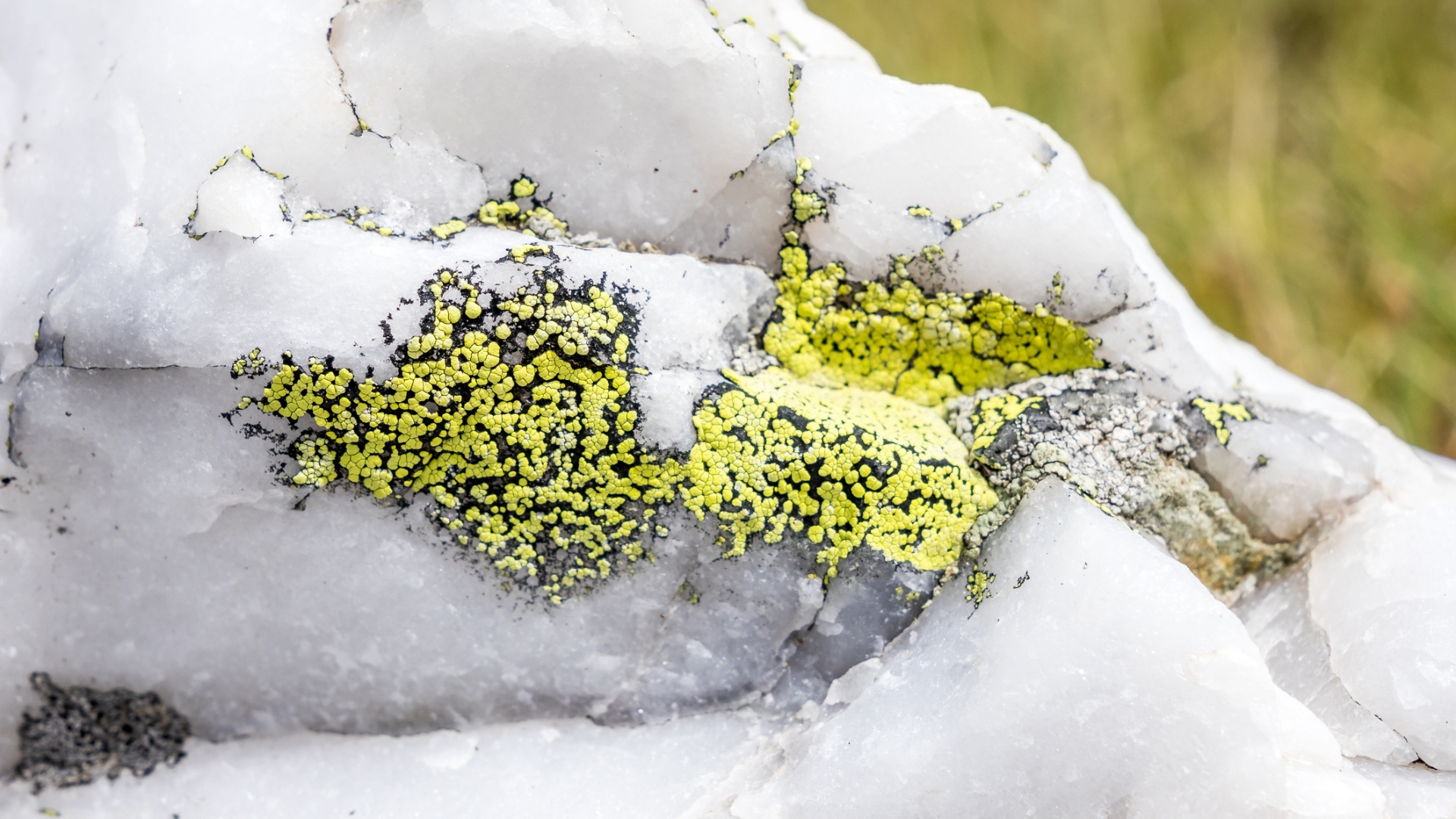The world is overly reliant on one US-located mine for critical chipmaking material, but China is working to break the stranglehold — China investing over $14 million in synthetic quartz manufacturing to diversify away from US dependency
The United States' sole high-purity quartz mine is apparently rarer than rare earth materials.

China just invested RMB 100 million, worth about $14 million at the current exchange rate, into Nantong Crystal Co., Ltd. — a materials company that specializes in synthesizing high-quality quartz for use in semiconductor manufacturing. At the moment, the U.S. is the primary source of natural high-purity quartz for chipmaking, specifically at one particular mine in North Carolina. This material is crucial for fabricating the quartz crucible needed to hold molten silicon during crystallization for semiconductor manufacturing. As such, China's investment can be interpreted as reducing reliance on American supply chains for key chipmaking materials.
Quartz is also required for making photomasks, the high-precision template used in the lithography process for transferring patterns onto the silicon wafers. Without this quartz, it would be next to impossible to produce silicon wafers of the necessary purity to handle the most advanced process nodes, and chip manufacturers would also be hard-pressed to find material with sufficient clarity and thermal stability for their photomasks.
According to TrendForce, China's investment in its indigenous supplier came from SDIC Jixin, which is under China’s Big Fund III, and is being controlled by the State Development & Investment Corporation (SDIC) under the State-owned Assets Supervision and Administration Commission (SASAC) of the State Council. This means Beijing is making a direct investment in Nantong Crystal and will give Big Fund III a 25% stake in the company, underscoring its importance to the country’s push for semiconductor independence.
China’s strategy of withholding rare earth metals has the U.S. scrambling at the negotiating table, with President Donald Trump turning to tariffs to stop Beijing from cutting off global supply. If the White House decides to put this material on its export controls list, it could potentially severely hamper China’s capacity to make the crucibles critical for chipmaking.
The Chinese government is seemingly keen to expand the capabilities and output of Nantong Crystal. Although it seems that it can already produce some amount of synthetic quartz good enough for the semiconductor industry, TrendForce reports that China is still largely dependent on imports. It will likely take time before Beijing is completely independent from quartz imports from the U.S., so until then, it is at risk of losing this crucial resource if trade negotiations do not proceed favorably for both parties.

Follow Tom's Hardware on Google News, or add us as a preferred source, to get our latest news, analysis, & reviews in your feeds.
Get Tom's Hardware's best news and in-depth reviews, straight to your inbox.

Jowi Morales is a tech enthusiast with years of experience working in the industry. He’s been writing with several tech publications since 2021, where he’s been interested in tech hardware and consumer electronics.